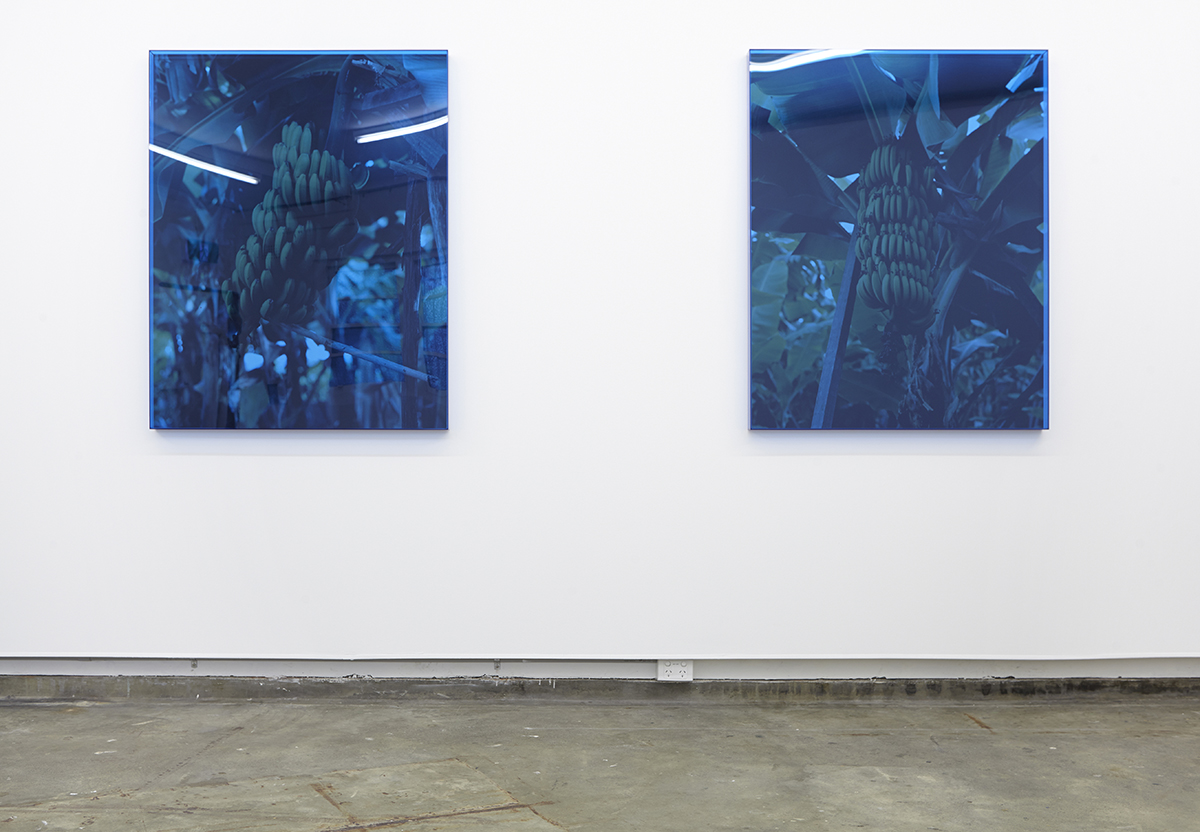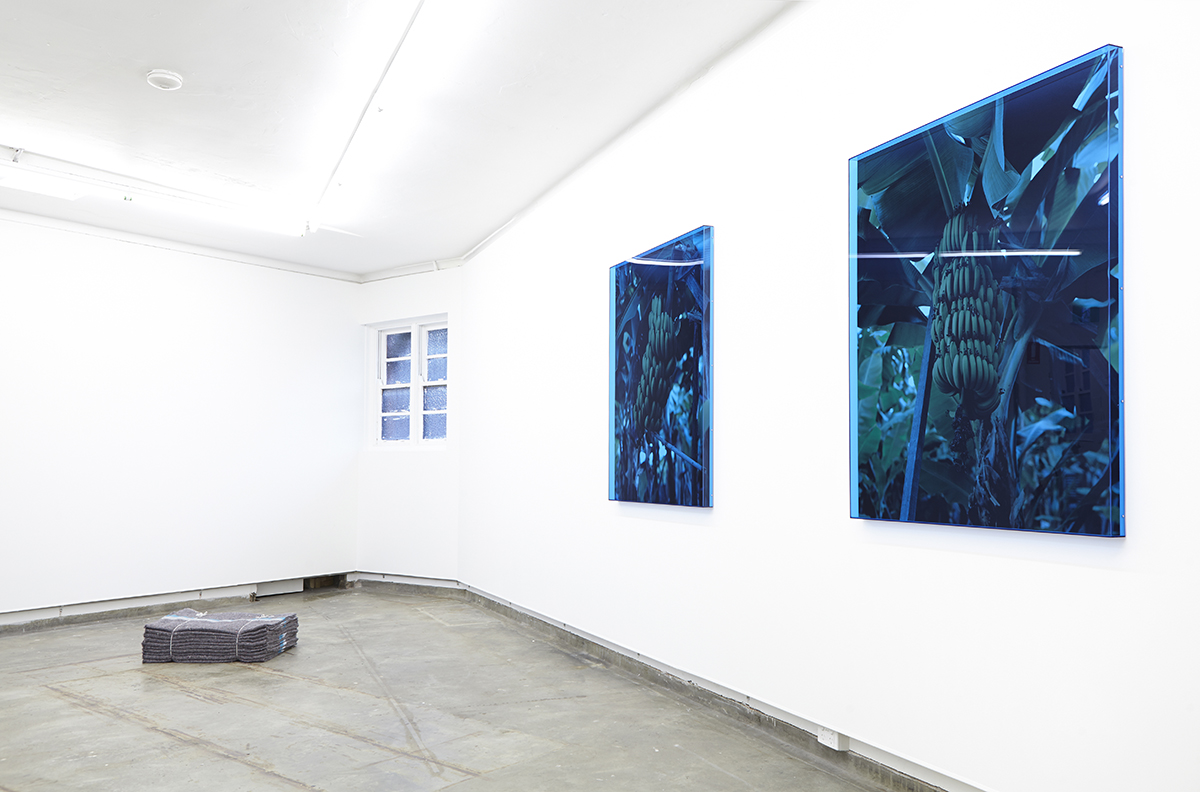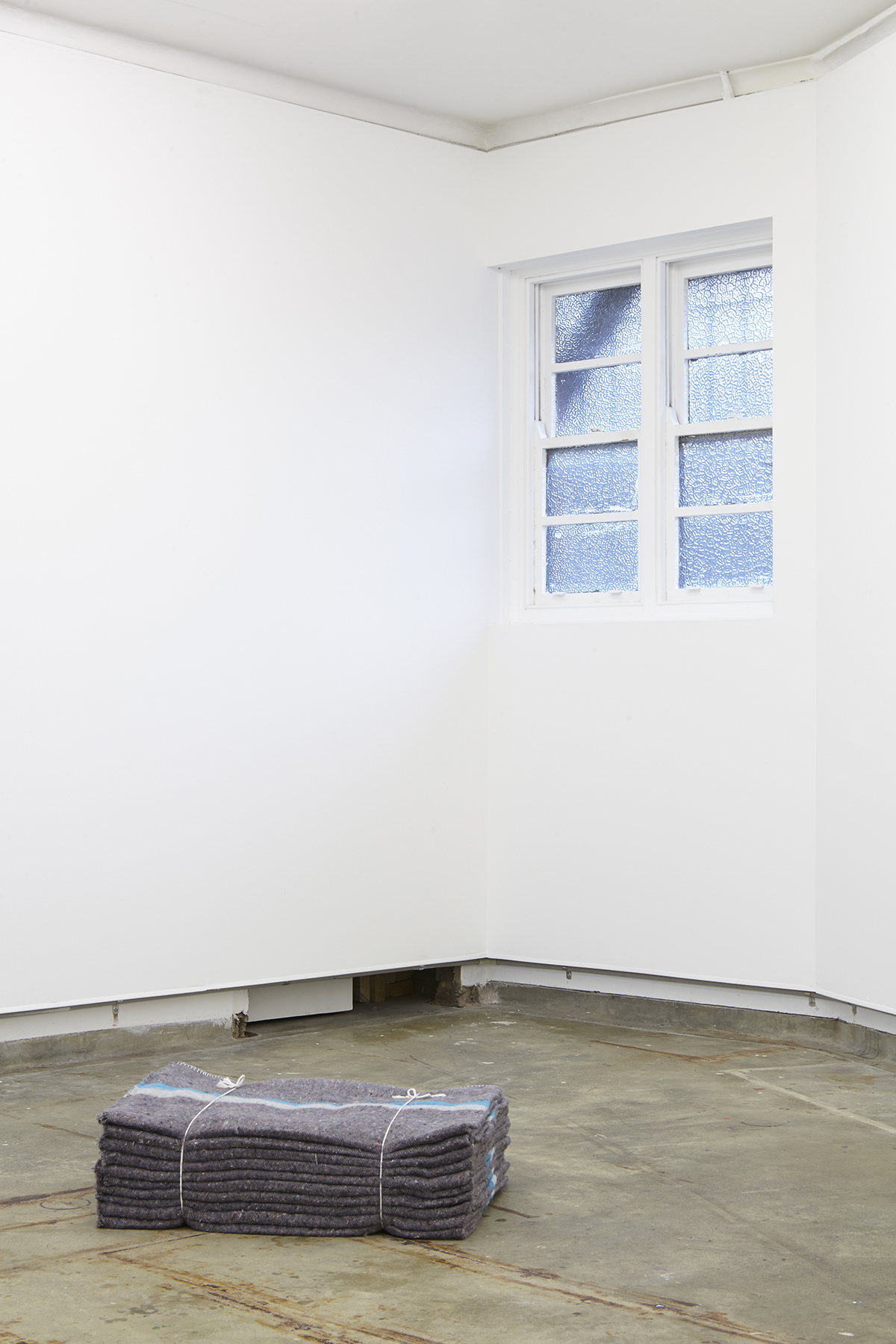Musa paradisiaca
Pedro Ramos
Opening 25.07.14 6-9pm
Artist Talks 28.07.14 2-4m
When Swedish botanist Carl Linnaeus had to choose a scientific name for the banana plant, he recalled the old notion that a banana had been the forbidden fruit of Paradise, as opposed to the apple that Eve is said to have presented Adam with, in the Garden of Eden.
Musa paradisiaca was the first Linnean name for the banana plant and is, therefore, technically, the "type species" for the genus Musa. “Musa” and “paradisiaca” translate as “muse” and “paradisiacal” respectively, in the artist’s native tongue. Musa paradisiaca was published in the first edition of Linnaeus' Species Plantarum in 1753. When Species Plantarum was written, Linnaeus was familiar with only one type of banana, which he had the opportunity to observe first hand, growing under glass in the garden of Mr. George Clifford - a wealthy Dutch banker known for his interest in plants and gardens - near Haarlem in The Netherlands. Musa paradisiaca L. was based on Musa Cliffortiana L.. However, this name was attributed unbeknownst to the fact that Musa paradisiaca L. was a hybrid between Musa acuminata and Musa balbisiana, both species of wild banana native to Southeast Asia and progenitors of modern edible bananas.
The specimens portrayed in two of the works on show are morphologically closer to the Musa acuminata variety. In the same manner a culture or an individual appropriates a symbol and claims it as their own, this exhibition borrows its title from Carl Linnaeus' romantic and somewhat naïve binomial nomenclature for the widely known fruit.




